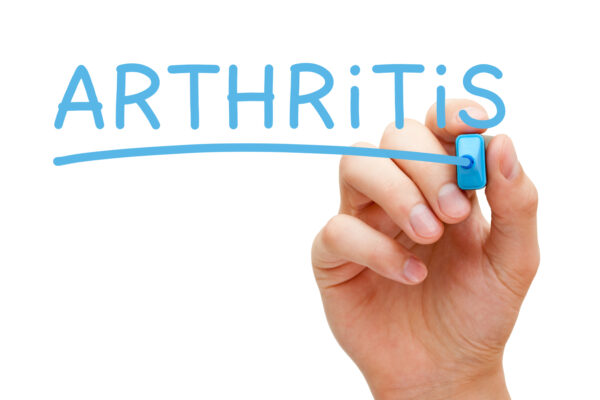Last updated on August 8, 2018
Arthritis is a general term used to describe more than 100 types of joint pain or joint disease — and it’s actually really common. In fact, it’s one of the leading causes of disability in the US. Because of this, it’s important to know the differences between multiple types of arthritis, the early warning signs, and what you can do to treat it if you do have it.
Common Arthritis Types
There are four main types of arthritis: degenerative, inflammatory, infectious, and metabolic. Of these, degenerative is the most common type. It happens when the cartilage at the end of your bones wears down. So instead of having joints filled with a cushion-like surface, your bones rub together at the joints causing you pain.
Inflammatory arthritis happens when your immune system mistakenly attacks your joints, causing erosion of the cartilage. For some people, this causes permanent disability. Rheumatoid arthritis and psoriatic arthritis are both common inflammatory arthritis types. They both require treatment from a rheumatoid doctor.
Sometimes infectious diseases, such as hepatitis C, shigella, and salmonella, can cause joint infection — infectious arthritis. Most of the time, this condition can be cured with a round of antibiotics. Metabolic arthritis is caused when the uric acid levels in your body spike. This causes extreme joint pain or a gout attack. Like infectious arthritis, metabolic arthritis can be treated by lowering uric acid levels. But in some cases, it can be chronic.
Early Symptoms of Arthritis
Arthritis actually has several early warning signs, but the symptoms are also common signs of aging so in many cases people write them off until the disease worsens to the point where it causes a lot of pain. Some of the most common symptoms include:
- Joint pain
- Fatigue
- Joint swelling
- Joint stiffness
- Loss of range of motion
- Anemia
- Fever
If you have these symptoms, especially if they are continuous or last a long period of time, you should talk to your doctor about arthritis. If your symptoms are severe or your doctor believes you have a form of arthritis that could result in permanent disability, he or she will probably refer you to a rheumatoid doctor. Keep in mind, the faster you begin to treat the symptoms, the better.
Arthritis Treatments
For the most part, treatment for arthritis is basically methods used to keep the pain under control. This is because arthritis itself isn’t reversible. But your specific arthritis treatment will depend on the type of arthritis you have. If you have a combination of arthritis symptoms, you should start to discuss options with your doctor.
Common treatments for arthritis include:
- Applying cold packs to the affected area
- Over-the-counter pain medication such as acetaminophen and ibuprofen
- Prescription pain medications
- Physical therapy
- Hyaluronic injections — used to relieve knee pain in people with rheumatoid arthritis
- Surgical operations — used in extreme cases of arthritis to help repair the damage
You can also alter your diet a bit so that you choose foods that help relieve arthritis pain. This includes making sure you get enough omega 3 fatty acids and antioxidants. You can also include spices that are considered anti-inflammatories, such as ginger and turmeric, in the dishes you cook.
The fact is, arthritis is a disease that you can’t really control. But the symptoms can be controlled. If you have arthritis, the important thing is getting it properly diagnosed so that your doctor can start treating the symptoms as soon as possible.




















Be First to Comment